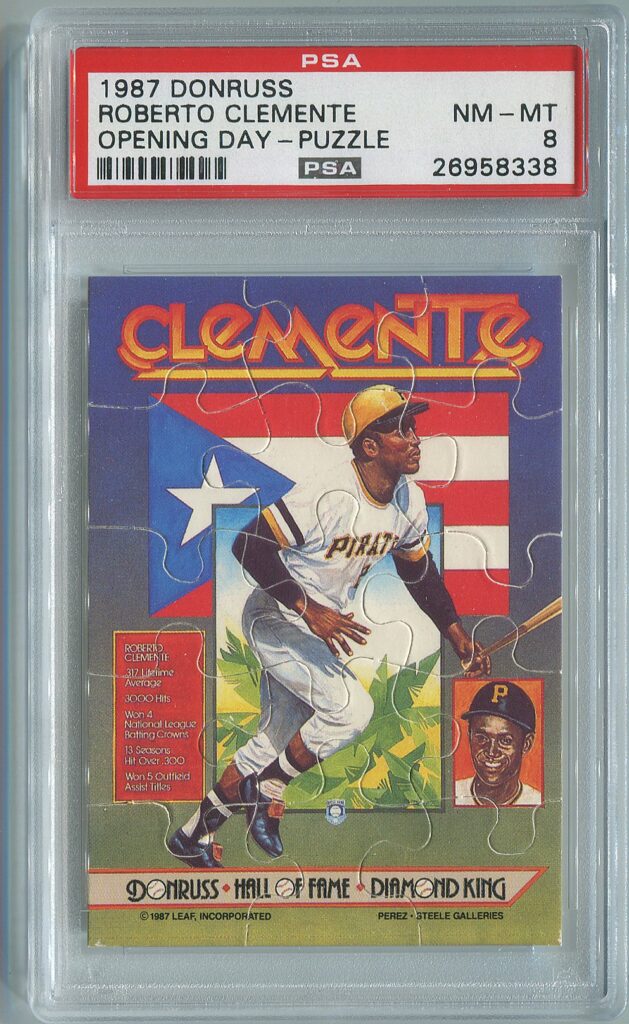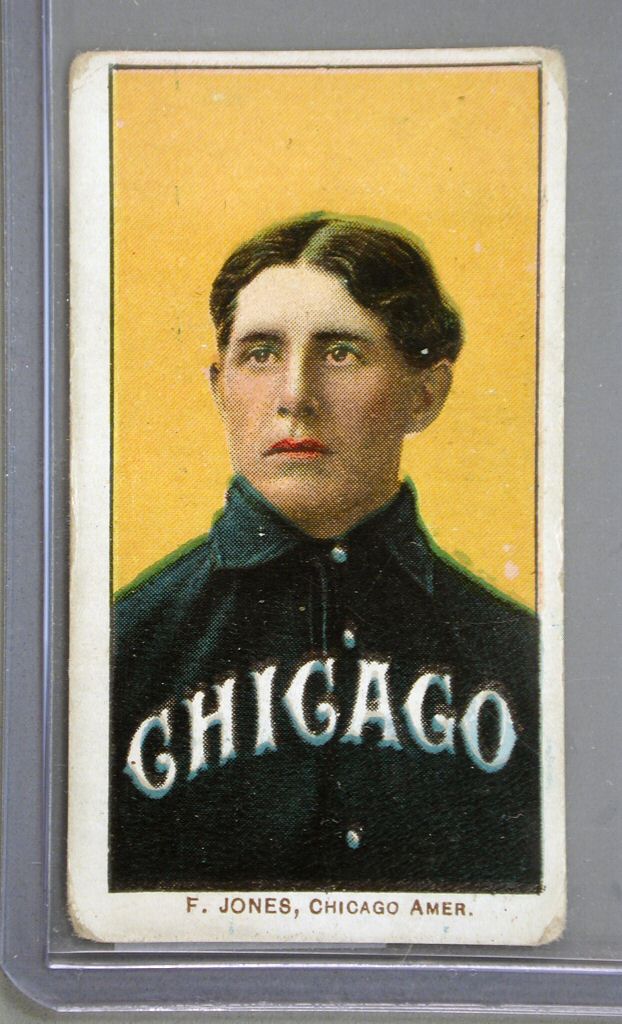
The oldest known baseball card shows the entire Brooklyn Atlantics team from around 1860. Later that decade, baseball became a professional sport and its public popularity soared. The first baseball cards were essentially trade cards—premiums given away with products to make a purchase more desirable. A photograph or drawing of a single player on the front was accompanied by product information on the back. Often these products had nothing at all to do with baseball. But people, especially kids, enjoyed keeping the cards marked with their favorite sports heroes. In the later 19th and early 20th centuries, baseball cards were packaged with cigarettes to stiffen the pack. Candy manufacturers likewise found their sales increased when they packed multiple cards with one large piece of gum. And they retooled to manufacture their own cards to keep costs down. Flat sheets of bubble gum still accompany standard packs of baseball cards today.
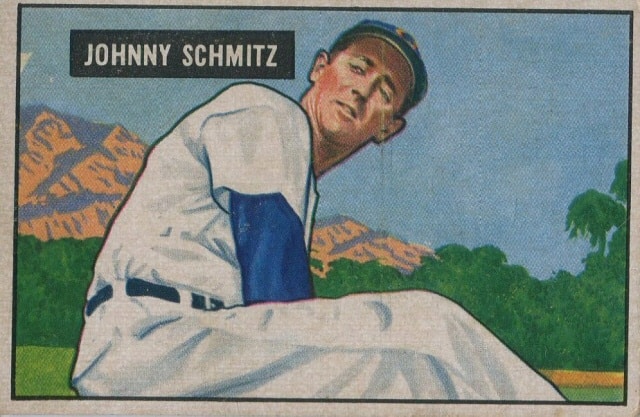
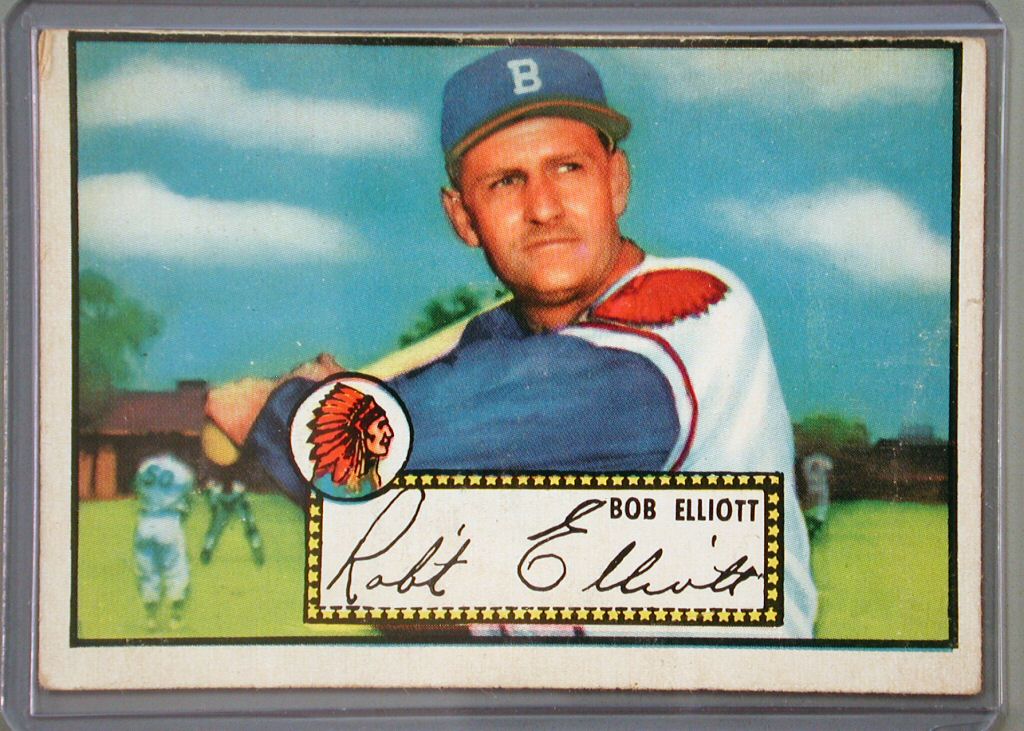
Attendance at baseball games as well as the manufacture of baseball cards slowed during World War I and afterwards through the Great Depression. And card production came to a sudden stop in 1941 when the United States entered World War II and both gum and paper were rationed. The candy maker Leaf brought out the first new card series in 1949, featuring brightly colored photos and including memorable rookie cards for players Jackie Robinson and Satchell Paige. In 1951, Bowman’s gum produced a card series now prized by collectors, with images of Mickey Mantle and Willie Mays. Sy Berger of Topps Candy Company instituted a standardized card design in 1952. Berger’s design featured player photos, team insignia, and player signatures on the fronts, with player statistics on the backs. In 1953 Bowman made a set utilizing Kodachrome film, resulting in even richer color portraits. And the mid-20th century marked the first high point of classic baseball card production and collecting. At the same time, the values of certain cards began to climb.
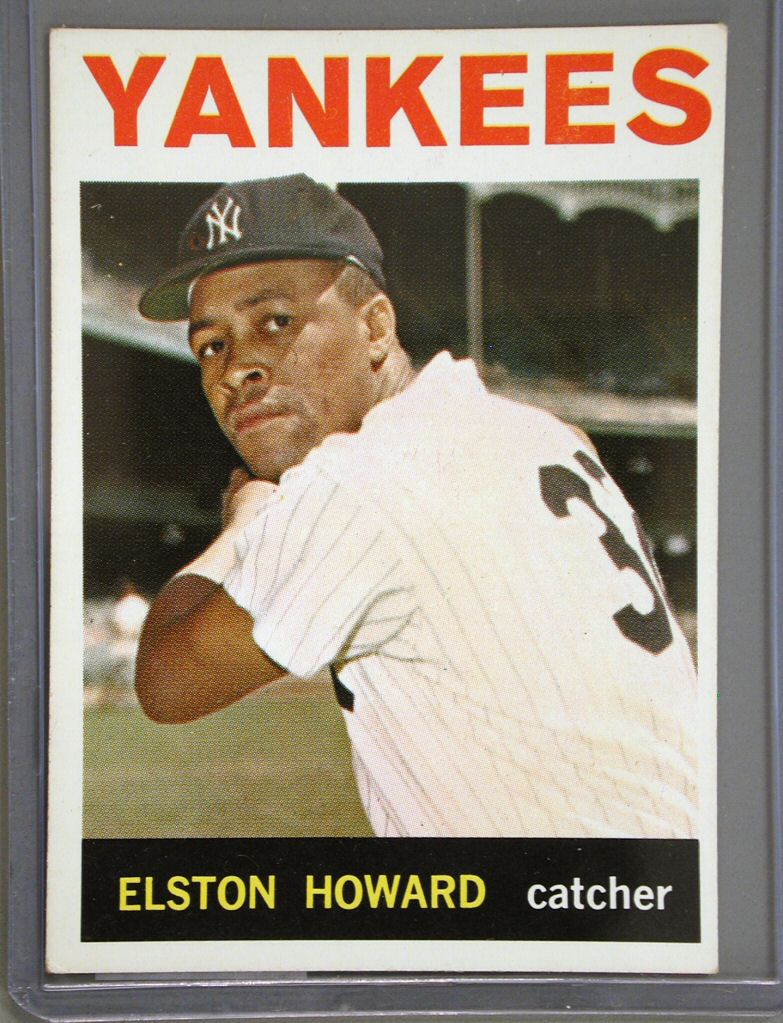
It’s difficult to analyze the actual market for baseball cards or, more accurately, the market baseball cards created. After the 1950s, card production continued to grow and serious collectors somehow trusted that cards would keep their values, despite increased production over the years. But the baseball card market experienced a significant setback in the late 1990s. Author Dave Jamieson described it in his book Mint Condition:
“It was greed on the part of card makers because they rolled out so much product that it diluted the power of the cards and killed the golden goose. It was greed on the part of the baseball unions, because they sold a lot of rights—and made a lot of royalties on those rights—until they had too many card makers. Then you had greed on the part of dealers, surly guys who didn’t care to talk to the nine- year-olds who came into their shops, and (who) were there just to sell cards.”
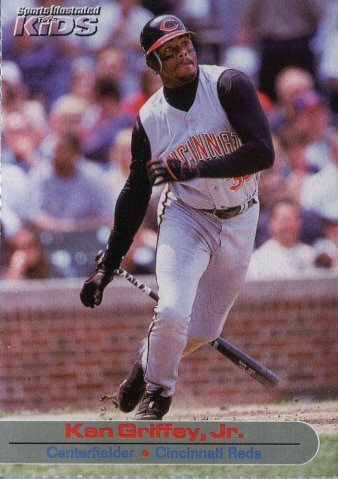
Perhaps, like the stock market, baseball card values were due for a correction. Regardless, certain significant cards never really lost value and the market slowly came back some few years later—with a cautionary footnote. Savvy collectors and dealers learned that they could not depend on baseball cards to finance their kids’ college tuitions, or to ensure their own early retirements. Many felt it was foolish to have thought this in the first place. The world of baseball cards—and now collectible cards devoted to every other sport and other celebrities, groups, and even cards from card games—are still collected and bought and sold as investments.
Collecting baseball cards still holds a place in the hearts of many kids and adults. Baseball itself may not have the same grip on the imaginations of youngsters as it did in past decades, but the sport is still popular. Watching baseball, whether live in the ballpark or from the sofa, can be a family affair. And baseball card collecting remains as popular as the game. It will remain so if there remain great teams, star players, memorable games, and cards to commemorate all of these.
